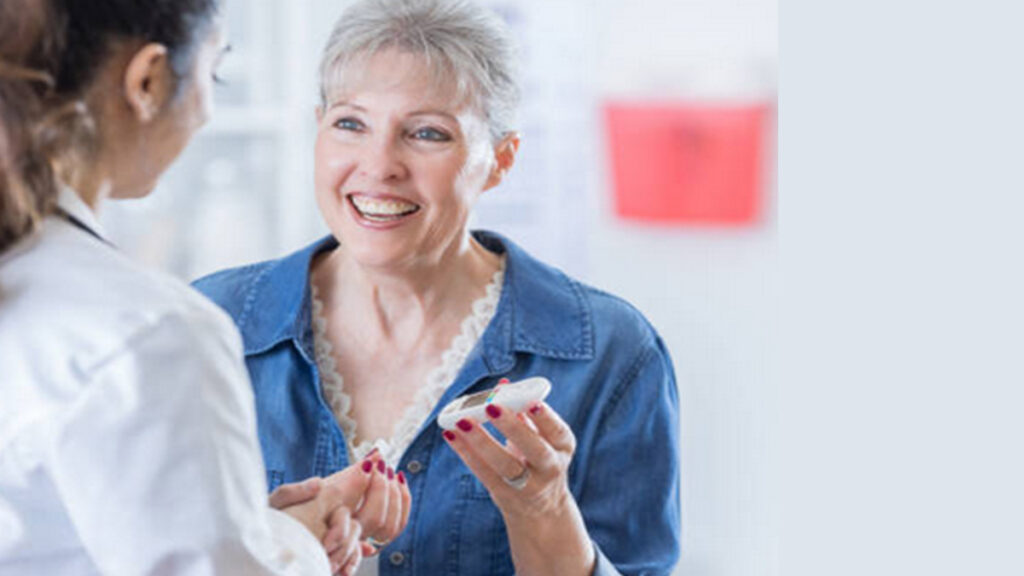LADA (or type 1.5 diabetes) generally affects adults in the age range of 35-50. The person usually has some of the signs and symptoms found in type 1 diabetes, but because of their age, they are diagnosed with type 2 diabetes. About 10% of the diabetic population has LADA, and it may be somewhat more common than type 1 diabetes. Among those diagnosed with type 2 diabetes, up to 15-20% may have been misdiagnosed, and actually have LADA.
Check out these related articles, too:
Juice and The Effect It Has On Your Blood Sugar
SUPERFOODS FOR BLOOD SUGAR CONTROL
Almonds The Ultimate Diabetes Superfood
How to Lower High Blood Sugar With Diabetes Herbal Remedies
How To Know If You Have The Symptoms Of Low Blood Sugar
What level of blood sugar is dangerous?
What Does High Blood Sugar Feel Like?
Here are some facts that distinguish LADA from type 2 diabetes:
- The person with LADA is usually not overweight and there is little evidence of insulin resistance. In contrast, someone with type 2 diabetes is often overweight and has insulin resistance.
- Insulin may not be required right away, but within a short period of time the person demonstrates a poor response to oral medications. Certain oral medications that treat insulin resistance (such as Actos or Avandia) are ineffective for LADA.
- Medications that stimulate the pancreas to produce insulin (such as Glyburide), or reduce excess glucose production by the liver (such as Metformin) can be helpful in delaying the need for insulin in this type of diabetes.
- In general, the need to start insulin occurs much sooner for someone with LADA. Insulin is required within approximately four years of diagnosis, as compared to 6 or more years in those with type 2 diabetes.
- When special lab tests are done, people with LADA are found to have certain antibodies, such as GAD65 antibodies that attack the beta cells of the pancreas. Destruction of pancreatic beta cells hastens the decline in insulin production. This helps to explain why insulin is required much sooner.
- Metabolic syndrome (obesity, high triglycerides, low HDL cholesterol, or high blood pressure) typically found in type 2 diabetes is often not seen in LADA, making this population less at risk for cardiovascular disease.
- Although the medication and/or insulin regime may differ for the treatment of LADA, having a healthy diet and routine exercise plan remain vital components of the overall treatment plan.
No matter what type of diabetes you have, knowing your type will give you a better understanding of the most appropriate kind of treatment needed, as well as how your disease may progress over time.
If you have been diagnosed with type 2 diabetes, but lack the typical characteristics of the disease, discuss the possibility of LADA with your doctor. It’s a good idea to add a Registered Dietitian and/or a Certified Diabetes Educator to your treatment team. They can help you to learn about the many aspects of your treatment including an appropriate eating plan, exercise, glucose monitoring, and medications.
Gretchen Scalpi is a Registered Dietitian, Certified Diabetes Educator and author of “The Everything Diabetes Cookbook, 2nd ed.” Gretchen operates a private nutrition practice and and has offices in New Windsor and Beacon, NY. She also offers The Balance Program® in partnership with Real Living Nutrition Services®. Patients receive online weight management advice, regular coaching and guidance every week. To learn more visit The Balance Program.
Article Source: http://EzineArticles.com/5266544
